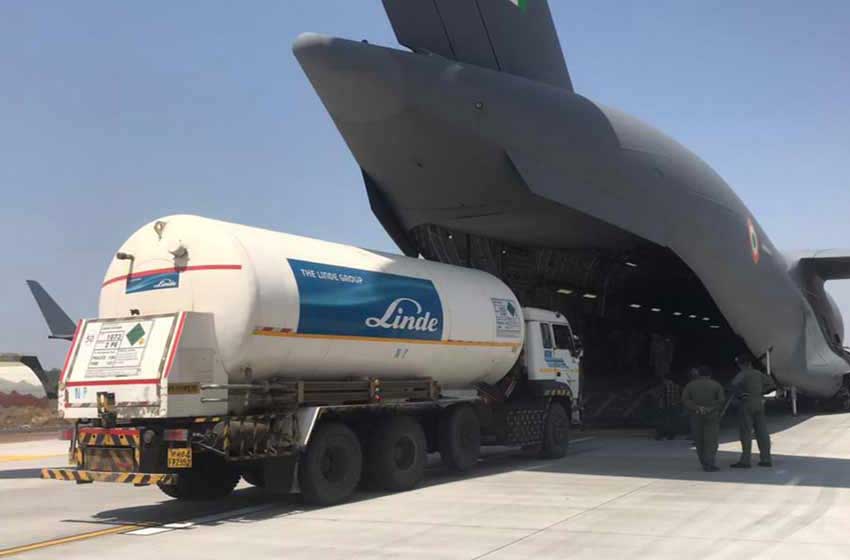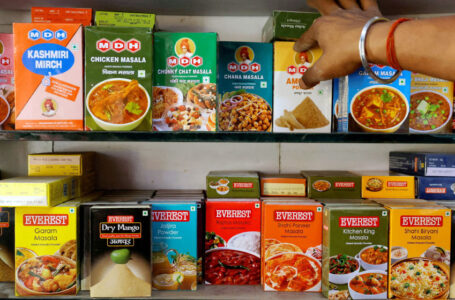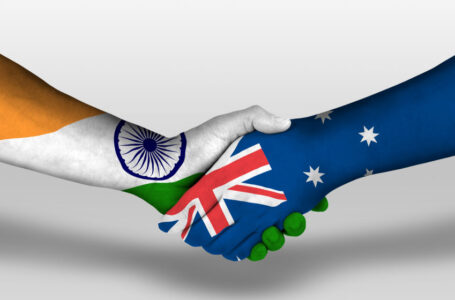INDIA’S COVID PLIGHT ATTRACTS INTERNATIONAL SYMPATHY

We live in an era of globalisation. The spread of information, products, technology, and jobs across cultures and national borders is swift and imperative. In economic terms, it refers to the interdependence of global nations and free trade. International boundaries have blurred as nationalities mingle freely; all these reasons are why COVID has been a formidable force in India and elsewhere.
Maharashtra has been the worst affected state in India, with over 5 million cases and a staggering 100,000 recorded deaths. However, every region in India has paid a heavy humanitarian price. This has been exasperated by the ‘Indian Variant’ of the virus; the B.1.617 strain dubbed as the “double mutant”. The name flows from two mutant spikes on the virus, making it more transmissible and potentially more resilient to medicinal treatment. This strain rained down enormous negative press on India for how it dealt with containing the virus, but it also brought overwhelming sympathy. The science behind the virus mutation is simple. More infections equal the higher chance the virus will evolve. That is what happened in various parts of the world, with India being the latest casualty. The only way to stem variants and the spread thereof is to cut infection rates, and this can only be done with strict health measures such as lockdowns, sanitisation, and eventual vaccination.
India launched its vaccination program on 16 January, with over 160,000 doses administered on the first day. By the end of May, around 250 million doses were administered, and 50 million residents have been fully vaccinated. That said, the success of India’s vaccination program would be unattainable without global benevolence. The UN brought forth the COVAX scheme, funded by wealthier nations and pharmaceutical companies, providing doses to countries with insufficient financial resources to inoculate their population. Of course, a cynic would argue this is relatively self-serving of other nations as it is in their interest to ebb the flow of COVID across borders. This is partially true, especially as a recent flight from New Delhi to Hong Kong found about 50 onboard passengers testing positive for COVID.
However, humanitarian relief efforts shine a light on the fact that the world cares if India suffers. Donations bespeak that many nations are concerned about how India fights their COVID battle, providing money, food, and medical supplies through various agencies. Unfortunately, with COVID numbers still high, it may be necessary for India to rely on this altruism for the foreseeable future. The good news is that India is the biggest manufacturer of COVID vaccine globally, which will feed into the country’s recovery. While it is accepted COVID will remain in India in the short to medium term, the optimist belief would be the virus would fade away. That may not hold true for many months, but the residents of India can rest assured that the prayers and reliefs from those in Australia and beyond will continue to support their fight.







